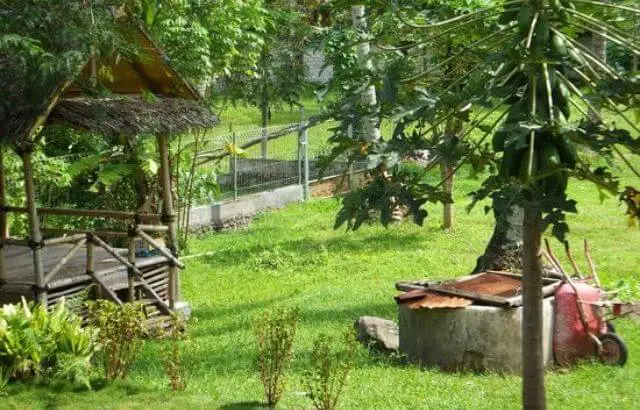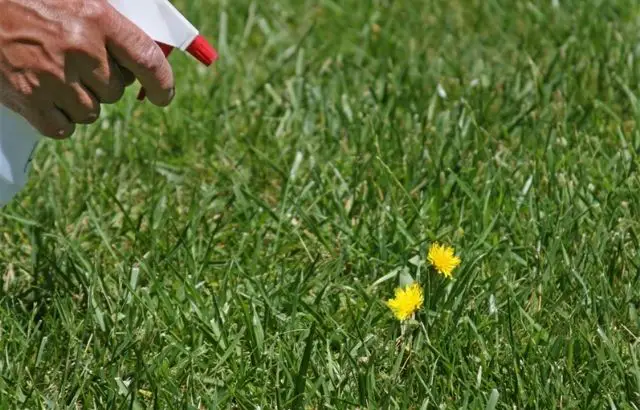Whether you’re cultivating a Norfolk Island pine, a festive Christmas tree, or any other type of indoor pine tree, understanding how to maintain its vitality is crucial. With their unique scent and beautiful branches, these magnificent trees can be a perfect centerpiece for your interior decor. But how exactly do you keep a pine tree alive indoors?
Don’t fret; we’ve got you covered. These steps ensure your pine tree stays alive, healthy, and majestic.
How to Keep a Pine Tree Alive Indoors
Choosing the Right Pine Tree
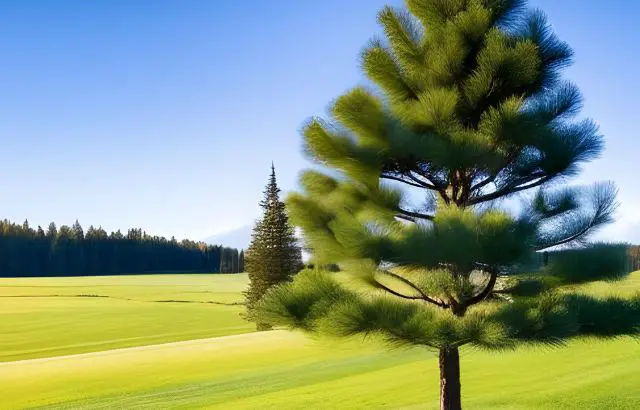
First and foremost, not every pine tree species is suitable for indoor living. Some types, such as the Norfolk Island pine, are more adaptable to indoor conditions. Always research and consult with a local nursery or gardening center to select a species that can thrive inside your home.
Optimal Positioning

Once you’ve chosen your pine tree, consider its placement carefully. Pine trees generally thrive in cool conditions with lots of natural light. Position your tree near a window with plenty of indirect sunlight. Avoid locations near radiators, fireplaces, or heating vents, as excessive heat can dry out the tree.
Watering Wisely
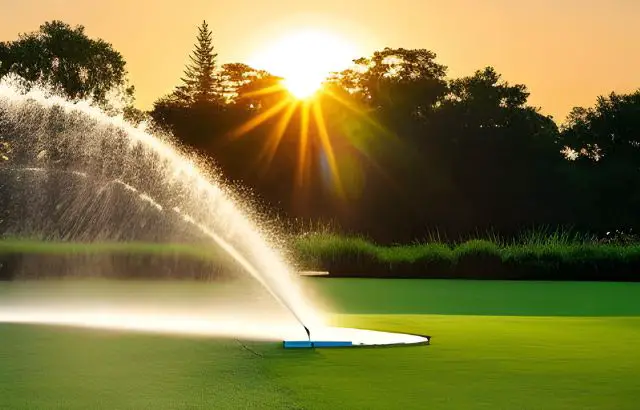
Just like any other plant, your indoor pine tree requires adequate watering. The key is maintaining a balance – don’t overwater or let it dry out. Overwatering can lead to root rot, which is often fatal for the tree. Let the top inch of the soil dry out between watering. Check the soil’s moisture regularly, and adjust your watering schedule accordingly.
Fertilizing Your Pine Tree
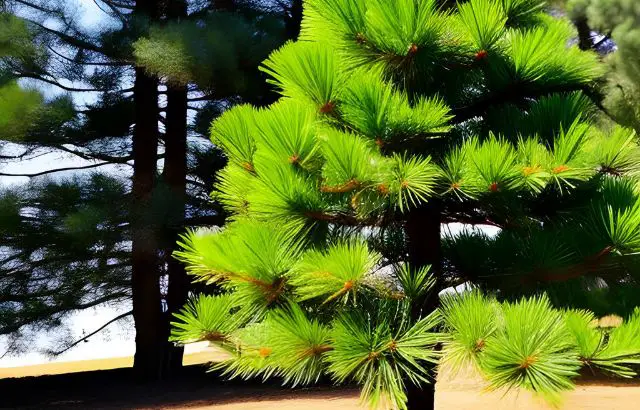
Fertilize your pine tree regularly to provide the essential nutrients it requires to grow. Use a slow-release fertilizer specifically designed for pine or evergreen trees. Follow the manufacturer’s instructions carefully for the correct application.
Pruning with Care
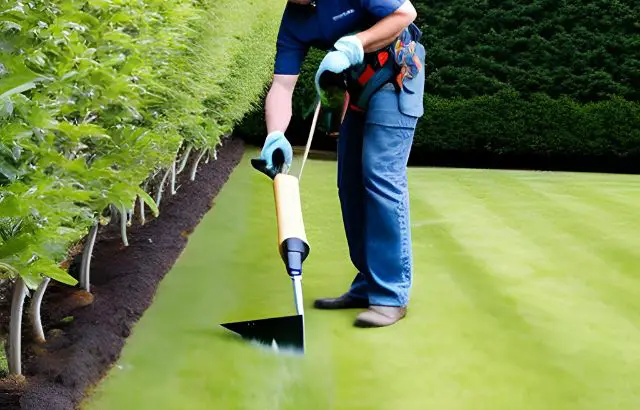
Pruning is essential to maintain the shape of your pine tree and keep it healthy. However, excessive pruning can harm the tree. Always prune the tree in its dormant season (usually late winter or early spring). Remove only dead, dying, or diseased branches. Be sure not to cut into the branch’s collar, as it could expose the tree to diseases.
Monitoring for Pests and Diseases
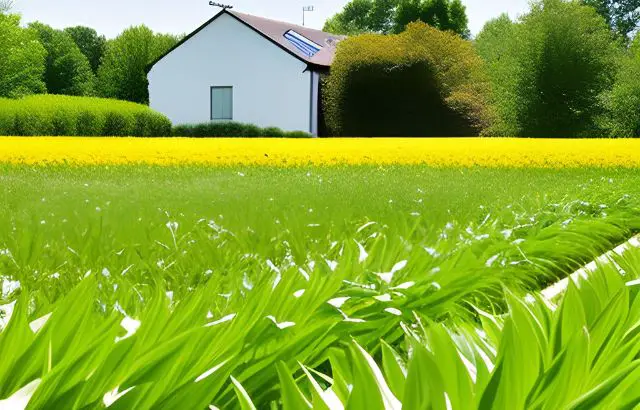
Closely watch your pine tree for signs of pests or diseases. Common pests include aphids, spider mites, and scales. Signs of disease might include browning or yellowing of needles, reduced growth, or abnormal needle drop. If you see any signs, consult a local extension service or a professional arborist for treatment advice.
If your pine tree begins to show severe distress or ill health, despite regular care and maintenance, don’t panic. It might be possible to save your tree. Consult our guide for comprehensive steps to diagnose and treat common pine tree diseases and infestations. Remember, the sooner you identify and address the issues, the higher your chances of saving your beloved tree.
My Opinion
Following this article’s guidelines, you can successfully care for an indoor pine tree. With careful attention to positioning, watering, fertilizing, and monitoring for pests and diseases, your pine tree can thrive in an indoor environment.
Remember, consistency is crucial in pine tree care. Regular maintenance and quick response to any signs of distress will ensure your pine tree stays robust and lively.


